Neonatal acne: when pimples appear on baby’s skin
This post was written by Dr. Pleimes, a specialist in pediatrics, dermatology and allergology
Click here to read further information about Dr. Pleimes.
Shortly after birth, newborns can develop various, usually harmless, skin changes. These include the development of pimples on the face or upper body. This is usually referred to as newborn acne. However, many of the rashes are not really acne as we know it in adolescents, but different reactions of the skin to the new environment.
Three skin reactions that are often summarized here are:
true neonatal acne, which is probably mostly due to hormonal causes;
pityrosporum folliculitis, an inflammation of the hair follicle that results from yeast colonization;
and seborrheic dermatitis, a skin inflammation/skin reaction which is presumably caused, among other things, by a colonization of the skin with germs (here, too, mainly yeasts).
Often there are also mixed pictures of the problems mentioned.
Neonatal Acne
In the last third of pregnancy, the cheese gland is produced and the sebaceous glands show increased activity. This increased activity can still be the cause of an increased acne tendency after birth in the first weeks of life. The sebaceous glands are stimulated to an increased extent partly by infant hormones, but also by maternal hormones, which also reach the child during pregnancy. Especially on the cheeks, forehead, chin and neck, small red pimples (papules), sometimes also yellowish filled pimples (pustules) and in a small number of patients also blackheads (comedones) can develop. Children are typically not more severely affected, even though the clinical picture can appear very threatening to many parents.
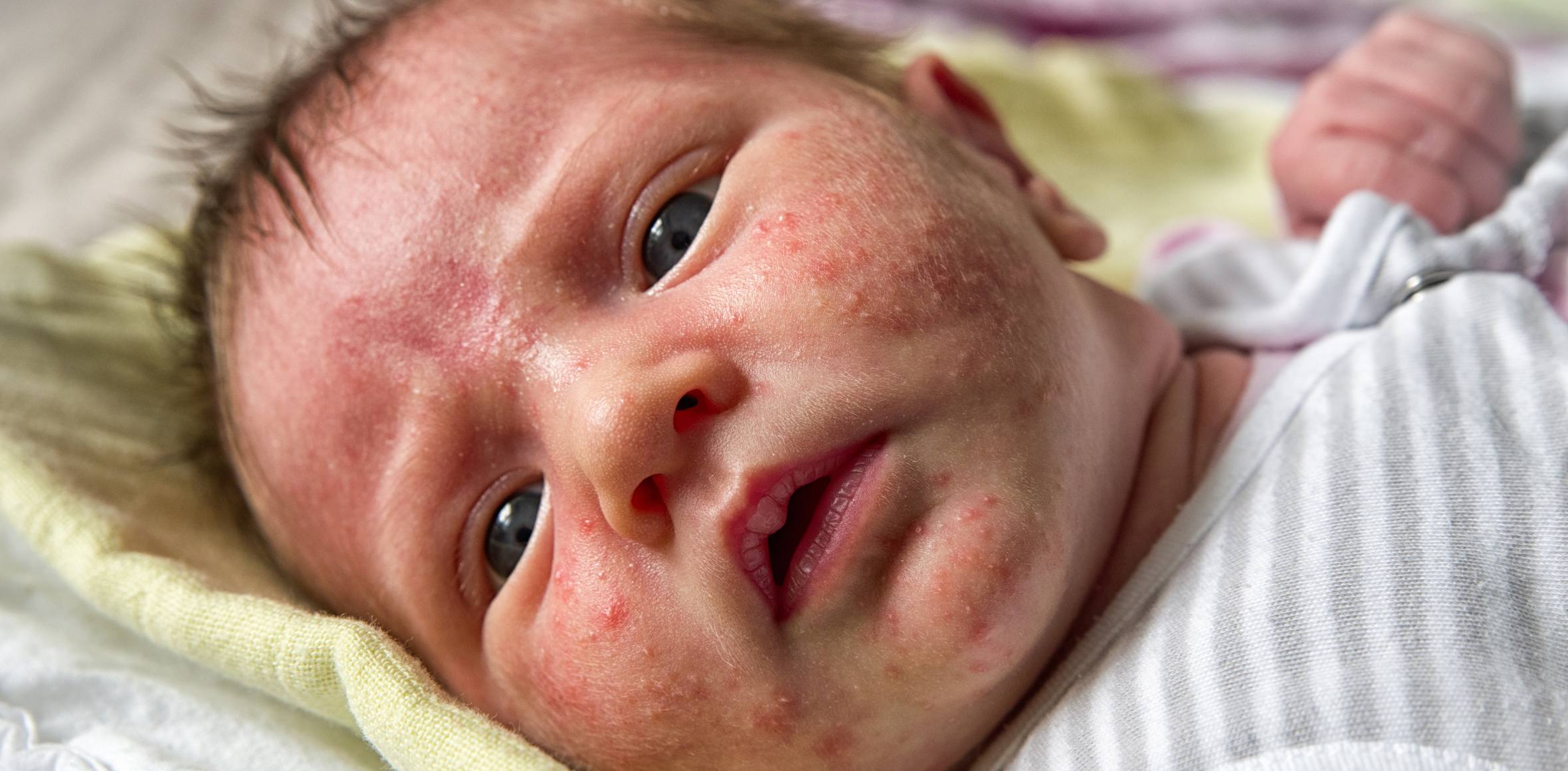
Pityrosporum folliculitis
In the womb, the child’s skin is still sterile. After birth, the skin is colonized with various germs from the newborn’s new environment. Particularly certain types of yeast (Malassezia) can infect small sebaceous gland openings (especially on the areas with more sebaceous glands) and lead to an otherwise harmless pustule formation. This change also usually occurs 2-3 weeks after birth. We also speak of neonatal cephalic pustulosis (pustule formation).
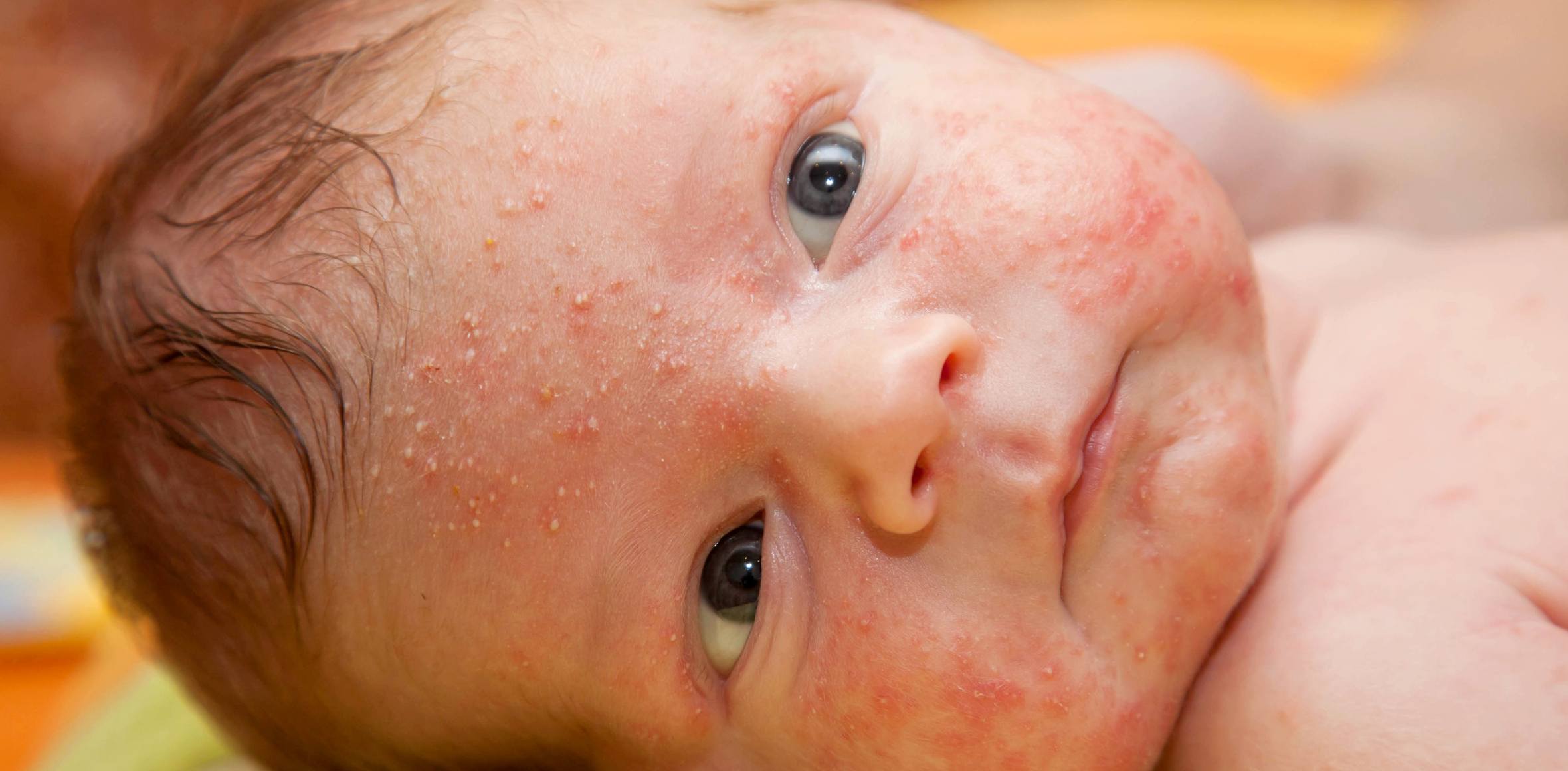
Seborrheic dermatitis / seborrheic eczema
The increased sebaceous gland-rich areas such as the face but also the neck area, skin folds, armpit and diaper area tend to develop non-itchy inflammations in the first 2 months of life. Here, too, a reaction of our skin defense to a colonization of the skin with germs such as yeasts is suspected. And also this change of the skin is usually not disturbing and harmless for the children. In the course of the first few months, this reaction will eventually disappear on its own.
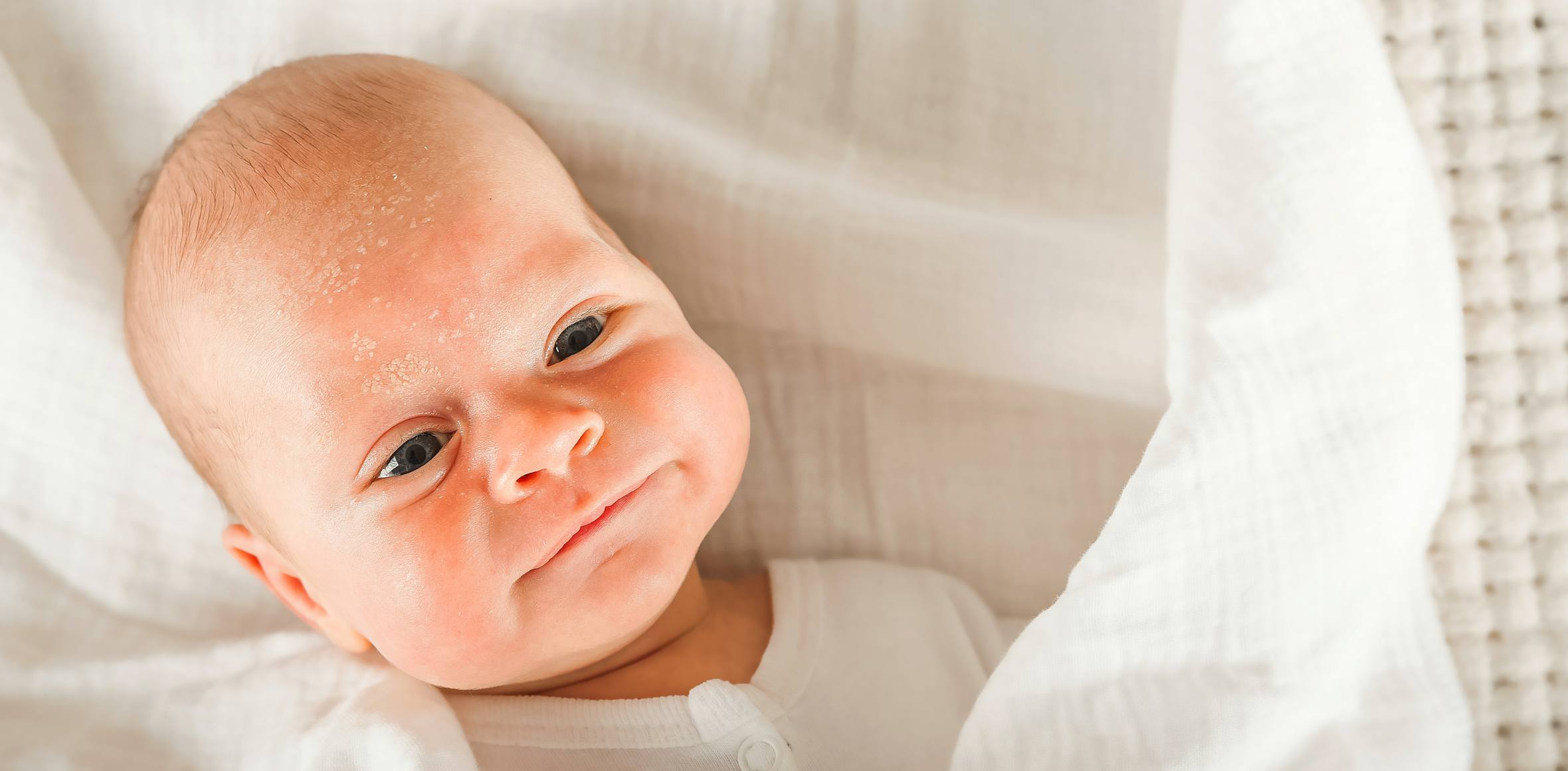
Treatment and therapy of the different skin reactions
What all changes have in common is that the children are generally not affected, and already after usually a few weeks the skin findings regress even without therapy. For the general care of the infant’s skin, some information is important in this phase:
Greasy creams, ointments and oils (i.e. preparations containing a lot of fat) very often lead to a worsening of these early changes. For example, the well-intentioned application of a wind and weather protection cream or oil can greatly increase redness and pimple formation.
If products are applied, lotions with a low fat content should always be used here. This is especially true in the summer, if sunscreen products have to be used very early after all, when avoiding the sun is not possible.
Daily careful cleansing with lukewarm water, if necessary with an infant wash lotion suitable for sensitive skin, can be supportive. Under no circumstances should pimples be squeezed, as this can damage your child’s skin.
Breast milk has certain antibacterial effects. However, there are no indications that breast milk has a helpful effect on the treatment of newborn acne. This is possibly due to the hormonal factors that play a role in newborn acne, or to the causative germs, such as Malassezia, which can themselves be found in breast milk.
Only in very pronounced cases of pustule formation, if necessary, therapy can be given, for which preparations effective against yeasts, shampoos or, rarely, lightly dosed acne preparations, are usually first used in the case of genuine acne lesions. However, this therapy should always be planned and applied by a physician.
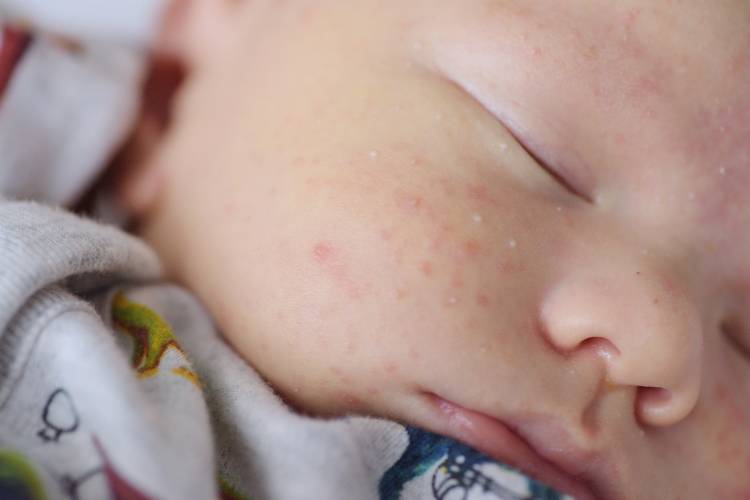

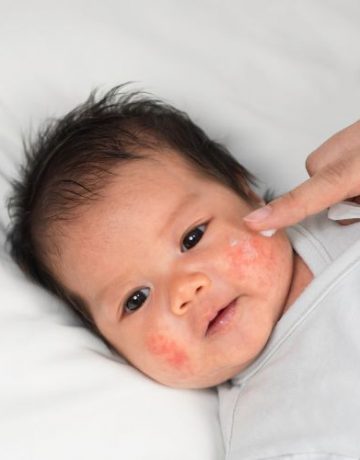
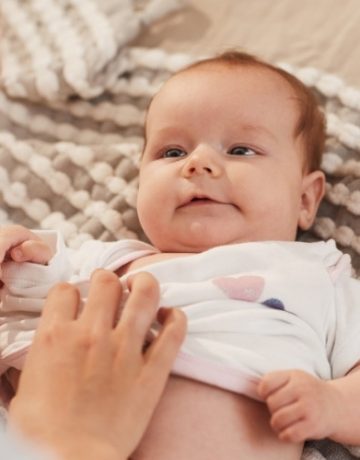
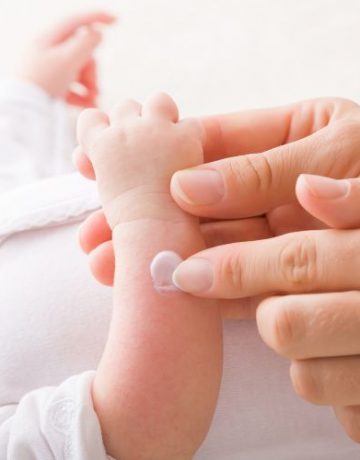
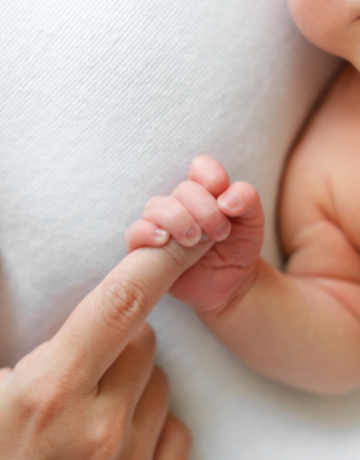
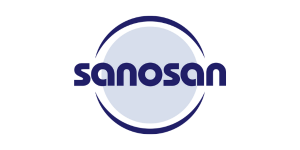
Comments (0)